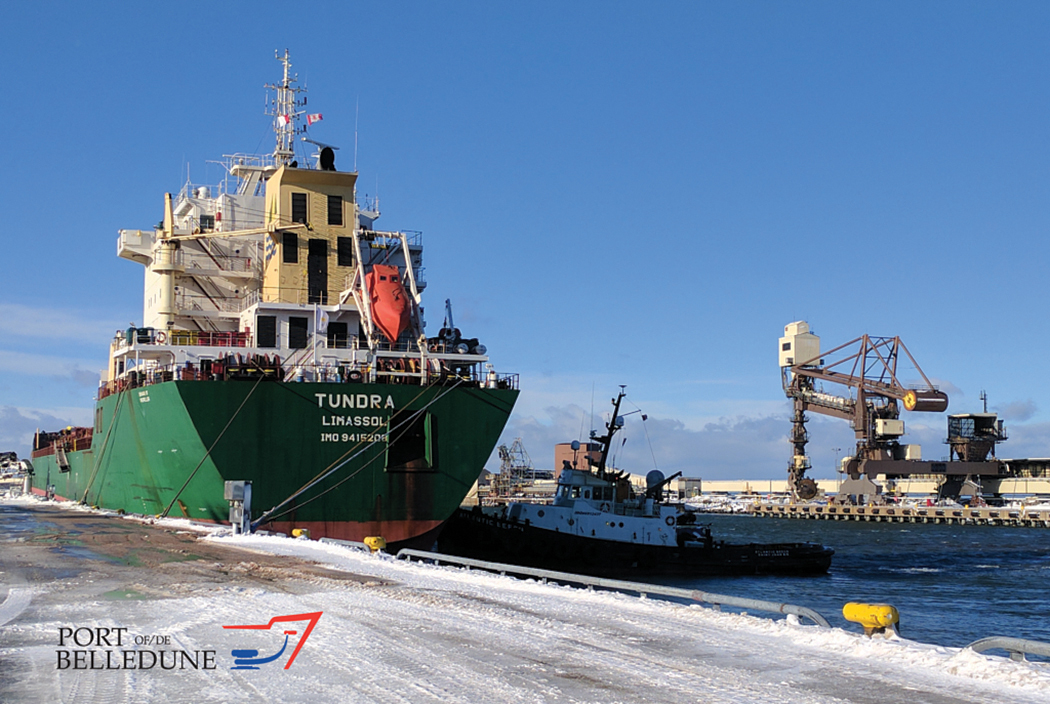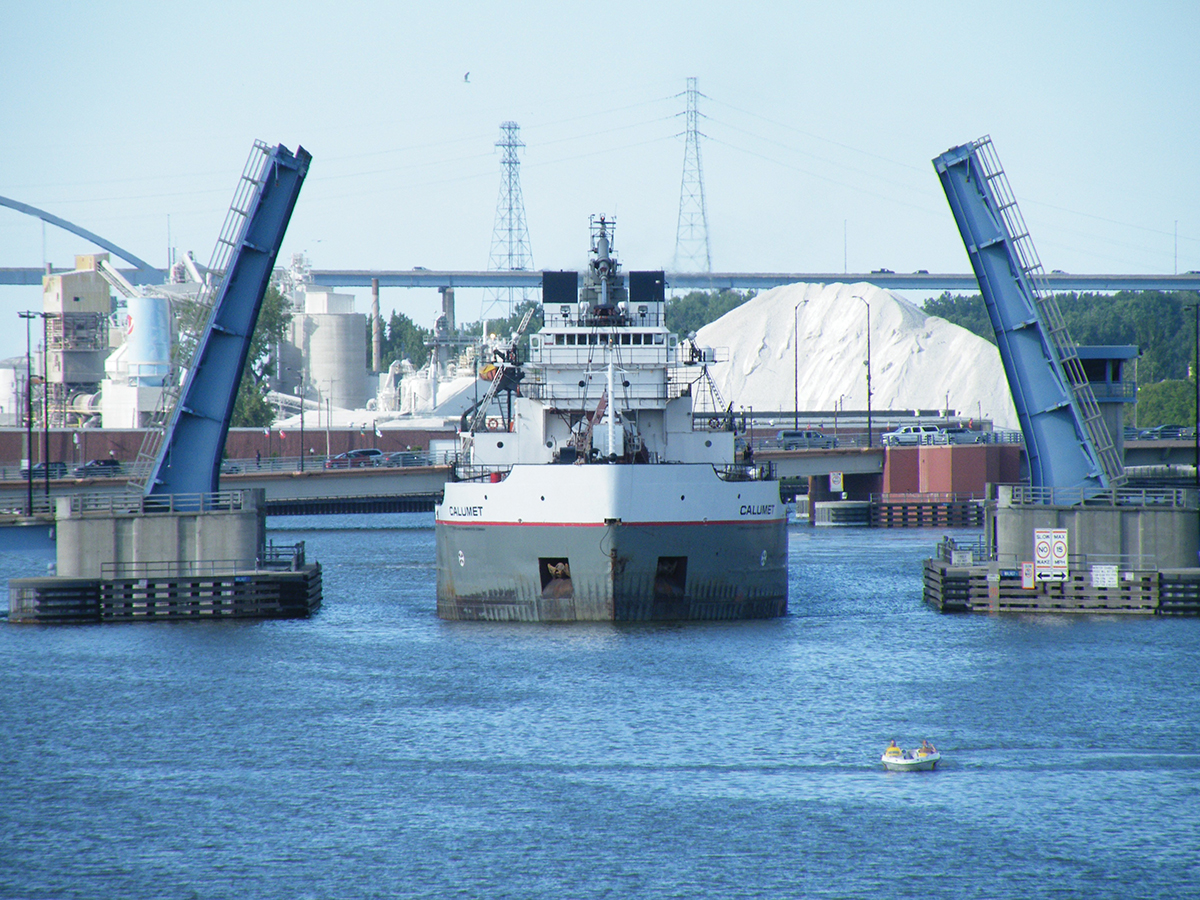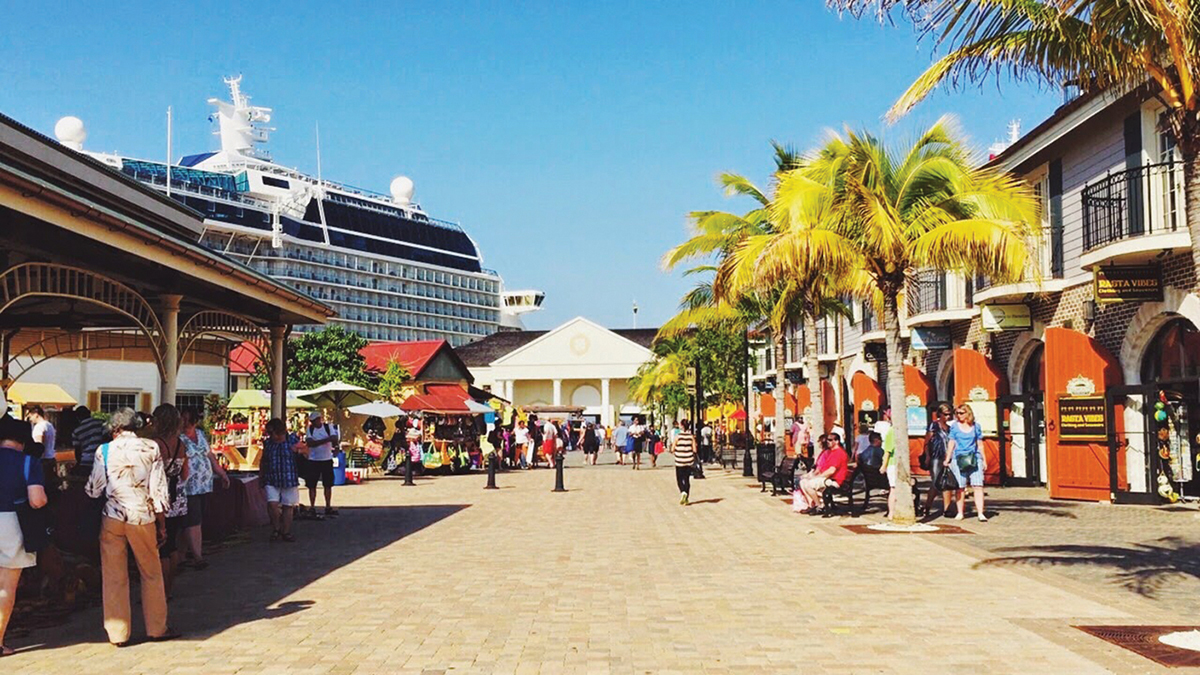
 The easiest way to pull the rug out from under a port’s success is to ignore stakeholders. Seaports need informed, supportive allies to set the stage for almost any project or initiative.
The easiest way to pull the rug out from under a port’s success is to ignore stakeholders. Seaports need informed, supportive allies to set the stage for almost any project or initiative.
The family of stakeholders necessarily includes supporters and agitators. Fortunately, sharing information with and soliciting input from these groups, taking their concerns and insights to heart and acting on them in a thoughtful manner has helped many ports turn active agitators into staunch supporters. Once relationships with stakeholders begin, sharing information at each stage of a port initiative is critical.
Ports typically incorporate a broad range of communications tools into their stakeholder outreach programs, from regular meetings to print and online publications to social media, but for critically important stakeholders, ports also tailor-make specific outreach tools.
Belledune’s Aboriginal Partners
The aboriginal voice in Canada has not always been powerful or well-heeded. At the Port of Belledune in New Brunswick, President & CEO Denis Caron said that is changing. His port recently signed an agreement with neighboring Mi’gmaq aboriginal communities, designed to ensure long-term relationships built on good faith, transparency and respect.
The agreement aims to contribute to the revitalization of northern New Brunswick, through greater opportunities for Mi’gmaq participation in port-related business and economic development. Mi’gmaq Chief David Peter-Paul commented, “We are pleased that the Port of Belledune has reached out to the First Nation Communities and recognizes our desire to participate in contributing to the prosperity of the region.”
Caron said, across Canada, aboriginal leaders are increasingly critical to port success. “It is so important to gain social license, particularly for a rural port,” he said. The Port of Belledune is a diverse deepwater port with a book of business that dominates the sparsely populated region.
Those stakeholders have long memories and strong opinions. A few years ago Bennett Environmental Inc. built a thermal oxidizer facility in a Belledune industrial park — essentially a hazardous waste incinerator for U.S.-origin contaminated soil. Public outcry, even in a region with double-digit unemployment, prevented the plant from ever opening.
The port is currently assessing the potential for a rail-served oil export terminal. Caron said, “We have put in processes to ensure all stakeholders are engaged and aware. We spend a lot of time developing relationships and presenting information.”
 Allied in Houston
Allied in Houston
Simultaneously enhancing port and community results is a top priority for the Port of Houston Authority, according to Executive Director Roger Guenther, who credits good stakeholder relationships with his port’s recent successes.
Houston’s customers provide the foundation for most projects. “In order for us to provide facilities for them to grow and succeed, we have to collaborate regularly,” said Guenther. Customers have helped the port bring jobs and other economic activity to Texas for more than a century, helping contribute roughly 16 percent of Texas’ total gross domestic product.
Today, along the U.S. Gulf Coast, there is tremendous movement in the energy sector. Guenther described a very bright future for the plastic resin business. Port of Houston recently hosted its second Synthetic Resin Symposium for supply chain professionals, beneficial cargo owners and exporters, focusing on the resin supply chain, market demand, production and manufacturing, infrastructure impact and capacity.
Stakeholder outreach is a time-consuming and expensive endeavor. When asked where he draws the line, Guenther said, “You do the things that are critical to success. If you draw a line you won’t achieve the port’s mission and drive prosperity.” He said that whether the port is engaging students or elected officials or a dredging partner, outreach in all areas has to be a priority. “You can’t be successful without it. We acknowledge, listen and meld concerns into decisions,” said Guenther. A few years ago, collaboration with stakeholders about the effect of a dredged materials disposal site led, for example, to a change in the disposal location.
Ice Recreationalists in Green Bay
The Port of Green Bay in Wisconsin, which ices up for a few months each winter, turns into a temporary winter wonderland for recreational ice fishers, snowmobilers and others. This past winter, the possibility of breaking a channel through ice for future business necessitated some unprecedented outreach by the port. The port undertook a broad collaboration with the U.S. Coast Guard, Wisconsin Department of Natural Resources, Brown County Sheriff, regional snowmobiling and fishing clubs, ice guides, eateries and even the Tavern League, to get the word out about the possibility of keeping the port open.
Dean Haen, director of the Port of Green Bay, said, “We have broken ice, but never stayed open before. To keep the port open, public outreach was essential. The public had to know there would be a path cut in the middle of the Bay.” As it turned out, the port didn’t stay open due to a product availability situation. “But it wasn’t a fruitless effort. We educated, and next year there is a real possibility again,” Haen said, and added that the extra lead time will be a bonus.
Green Bay used a poster campaign, presentations, local media and social media to share information. The port identified pockets of concern related to individuals losing ice-fishing business, but anticipates continuing education and time will alleviate most issues.
 Island-style Welcome
Island-style Welcome
Another important stakeholder group for many ports is the environmental sector.
In a Caribbean paradise where the waters are filled with unique, vulnerable sea life, project development can be especially complex. For example, in 2011, following extensive planning and innovative solutions, Jamaica was able to launch its new cruise ship port on the North Coast in the well preserved Georgian town of Falmouth.
To develop a deep harbor for cruise ships where the dredge footprint covered wide areas of coral reef and seagrass vegetation required skill, care and a well-thought-out, environmental outreach and management plan by the Port Authority of Jamaica along with Royal Caribbean Cruise Lines.
A Dynamic Process
Collaborating with stakeholders isn’t a sure-fire route to success, but it is almost always a prerequisite. Being on the same page means ongoing collaboration – it is a dynamic process that pays close attention to shifts in stakeholders, their needs and mindsets, port project parameters and perceptions and competing uses for port resources.
As everyone becomes aware that they are interdependent, understanding engenders respect and groups see that working together will improve results.
Those better results come in many different packages. They are perhaps easiest to see in the fine-tuning of a project, such as the adjustment of a terminal site to accommodate an existing fishery or the switch to a less intimidating-looking fence around a downtown cruise terminal. Better results, however, also take the form of eliminating an initiative, refining a timeline, unearthing a new business opportunity, saving an environmental resource, improving safety and security, developing a better revenue stream or enhancing just about any port or community outcome.
Early and Often
Engaging stakeholders early and often is obligatory in today’s knowledge-based economy. A port that listens, learns. And a port with broad insights into a business or market makes better decisions – decisions of greater value to all. T&ID
Content adapted exclusively for Trade & Industry Development magazine from Seaports Magazine, the official magazine of the American Association of Port Authorities (www.aapa-ports.org).

